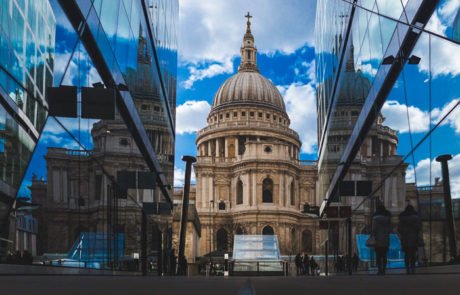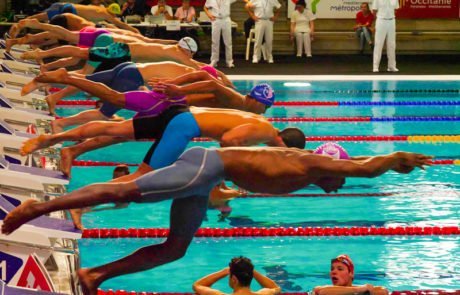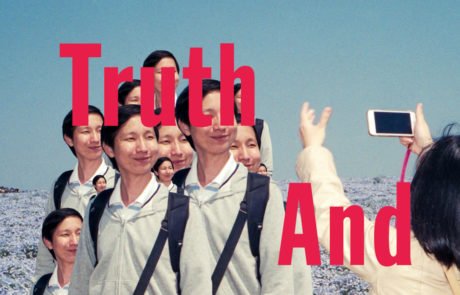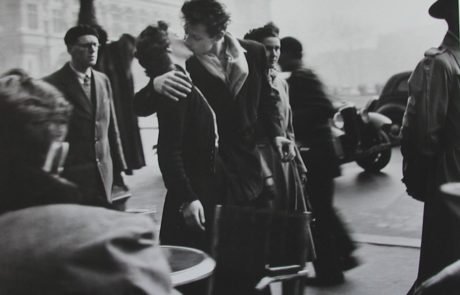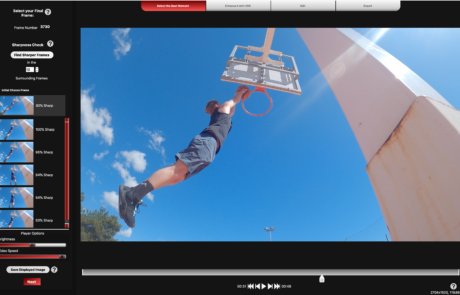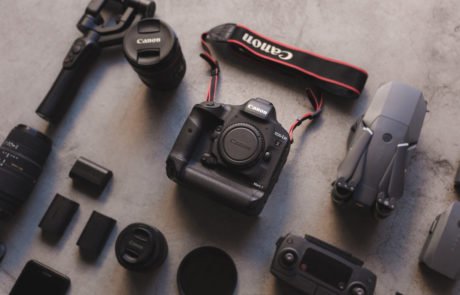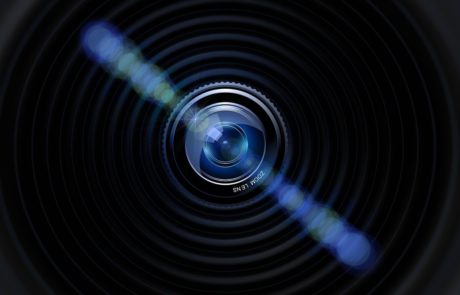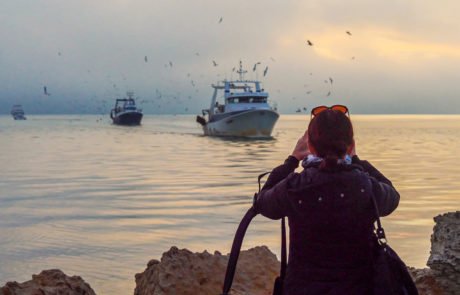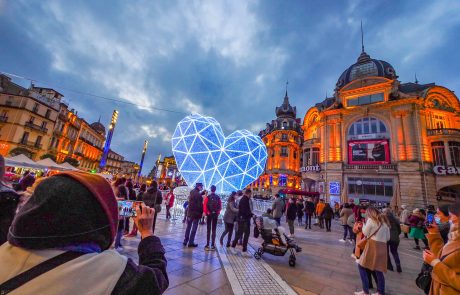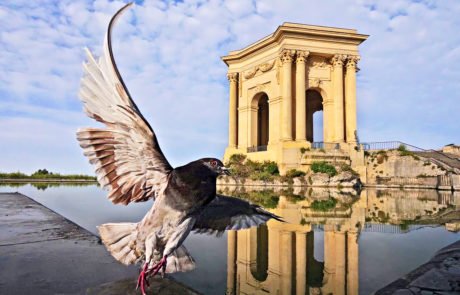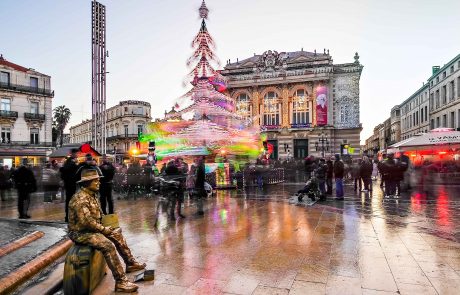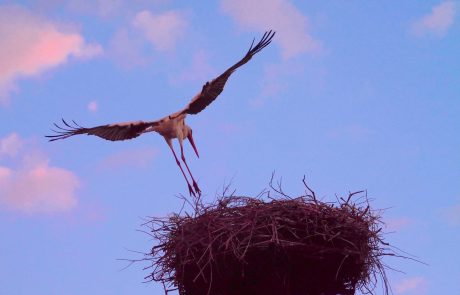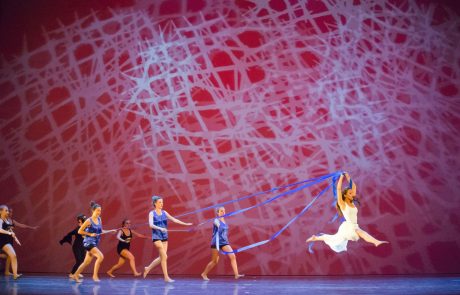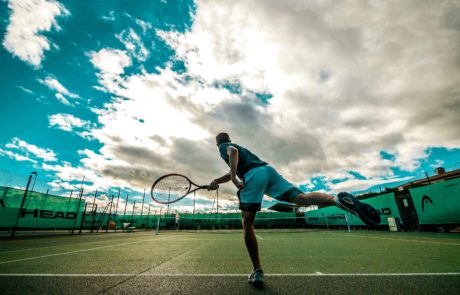Post — The History of Photography
August 2020
Bracketing is SO passé!
Post — The History of Photography
August 2020
Bracketing is SO passé!
Whether you’re a seasoned shooter or a newcomer to photography, you’ve almost definitely heard of HDR (High Dynamic Range) and if you haven’t, make it your new year’s resolution (albeit a belated one) to get to grips with it.
Whether you’re a seasoned shooter or a newcomer to photography, you’ve almost definitely heard of HDR (High Dynamic Range) and if you haven’t, make it your new year’s resolution (albeit a belated one) to get to grips with it.
First thing first: what’s HDR?
HDR (High Dynamic Range) and if you haven’t, make it your new year’s resolution (albeit a belated one) to get to grips with it. HDR images are an excellent way of displaying a maximum amount of light and detail into your photographs.
Bracketing
For those in the know, a mere mention of the word calls to mind a technique called bracketing, or once again for those without the know-how, taking several shots of a given subject with several (usually 3 or more) exposure settings to obtain a normal, a brighter and a darker shot. The resulting images are then combined to create an HDR file that contains all of the light and detail throughout the dynamic range of the scene. Not bad hey? Wait, it’s not finished yet.

Exposure bracketed sequence, Venezia, Jacques Joffre
The resulting images are then combined to create an HDR file that contains all of the light and detail throughout the dynamic range of the scene. Not bad hey? Wait, it’s not finished yet.
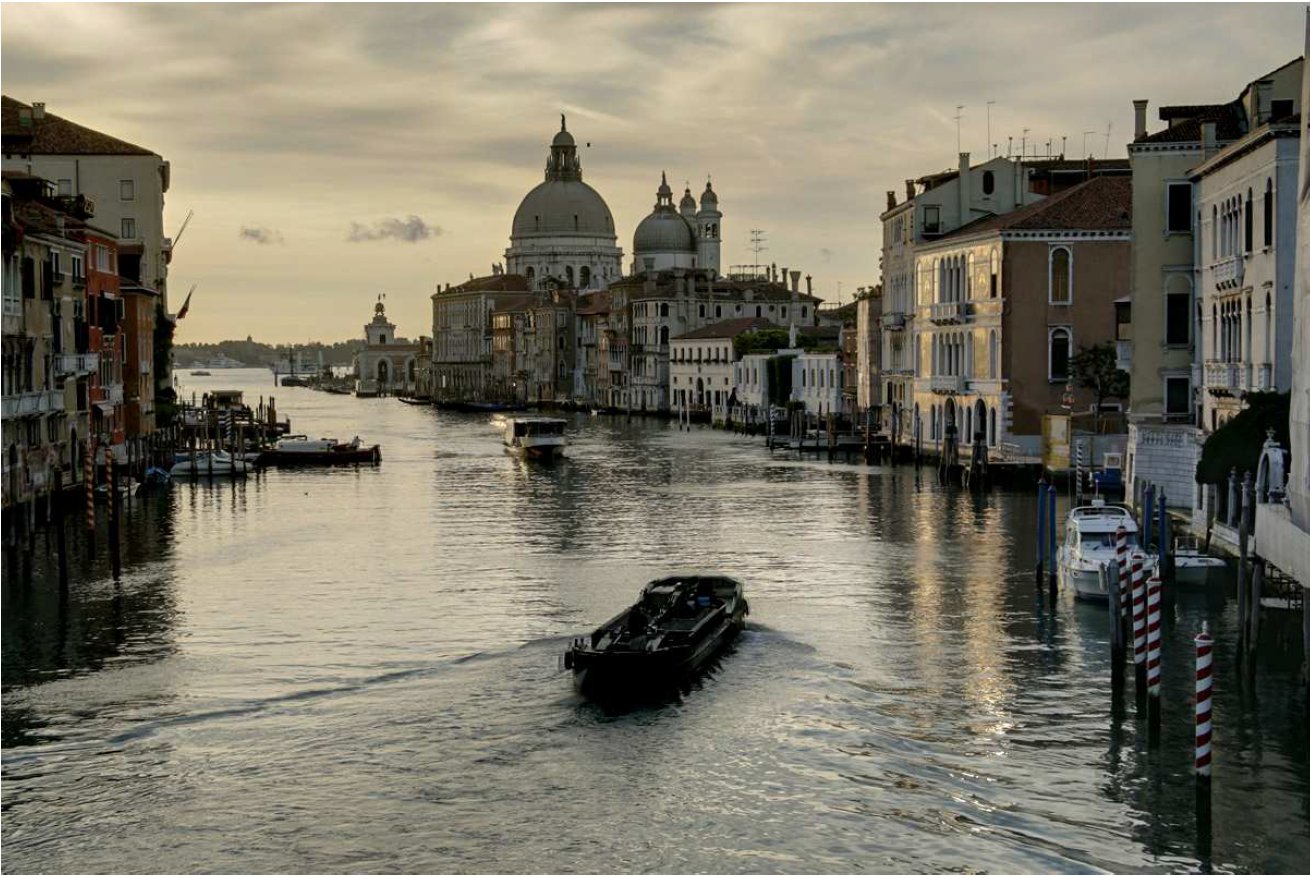
Fused result, Venezia, Jacques Joffre
Tone-mapping
The next step is to tone-map the HDR file in order to better represent what the human eye can see. The results are amazing. Well, let’s put aside personal opinion and talk about the technique itself. It works when the dynamic range of the scene exceeds the captor’s ability to correctly expose the scene, and having several exposures allows you to gain detail in areas that wouldn’t have been exposed properly with one single shot.
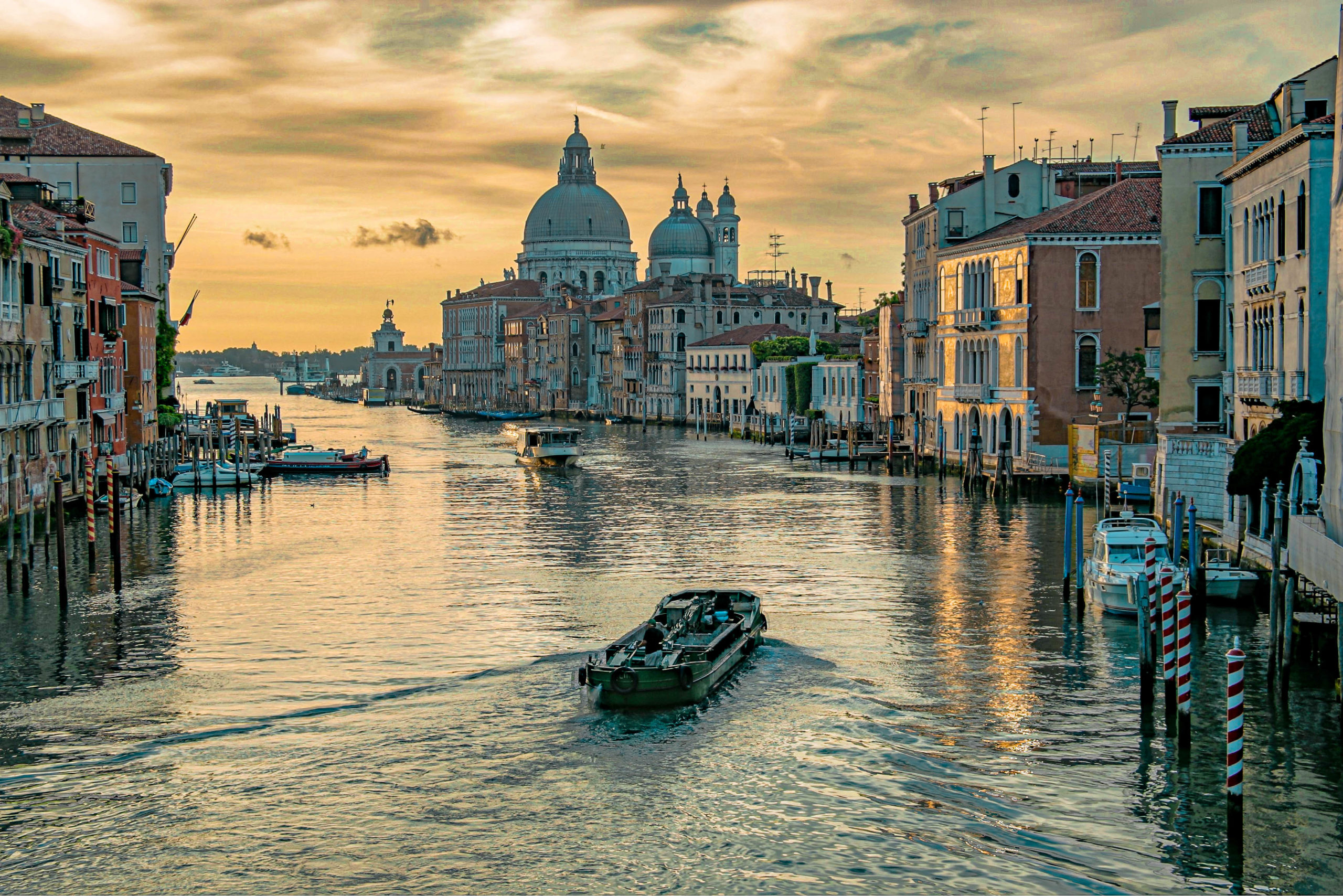
Tone-mapped result, Venezia, Jacques Joffre
First thing first: what’s HDR?
HDR (High Dynamic Range) and if you haven’t, make it your new year’s resolution (albeit a belated one) to get to grips with it. HDR images are an excellent way of displaying a maximum amount of light and detail into your photographs.
Bracketing
For those in the know, a mere mention of the word calls to mind a technique called bracketing, or once again for those without the know-how, taking several shots of a given subject with several (usually 3 or more) exposure settings to obtain a normal, a brighter and a darker shot. The resulting images are then combined to create an HDR file that contains all of the light and detail throughout the dynamic range of the scene. Not bad hey? Wait, it’s not finished yet.

Exposure bracketed sequence, Venezia, Jacques Joffre
The resulting images are then combined to create an HDR file that contains all of the light and detail throughout the dynamic range of the scene. Not bad hey? Wait, it’s not finished yet.

Fused result, Venezia, Jacques Joffre
Tone-mapping
The next step is to tone-map the HDR file in order to better represent what the human eye can see. The results are amazing. Well, let’s put aside personal opinion and talk about the technique itself. It works when the dynamic range of the scene exceeds the captor’s ability to correctly expose the scene, and having several exposures allows you to gain detail in areas that wouldn’t have been exposed properly with one single shot.

Tone-mapped result, Venezia, Jacques Joffre
The drawbacks of bracketing
Bracketing does however have many constraints that enormously limit the potential of HDR image creation.
Shooting with a tripod
For example, you almost always have to work with a tripod. The problem is that they are cumbersome and often prohibited. In many cases such as in museums, cathedrals or other tourist spots you’ll set up your tripod only to be tapped on the shoulder by some security guard who tells you to move along. What if the location is crowded? You may not be able to set it up and it’d be a shame not to get your shot.
The only other solution would be to do your bracketing handheld. But this isn’t always the best approach. Regardless of whether you have a steady hand or not, the first thing you will have to deal with is motion blur. You can hold your hands as still as you like but tiny muscle movements in your hand will still cause it. Worse still, if you are against the elements such as strong winds etc you’ll probably find it difficult to get a good shot.
Shooting still subjects
Another problem you are likely to encounter when you venture out into the world of HDR is ghosting. You’ve found your ideal scene – great. You’ve set up your camera – fantastic. Then you realize that your scene contains movement – damn. Unless you are shooting in optimal conditions with no one around, this will be a recurrent problem. The culprits are often travelling clouds, moving trees and people – yes some of us can’t spend all day taking photos. When you use bracketing for scenes containing movement you will ultimately get ghosting, and this is a nightmare for HDR enthusiasts as it makes an otherwise perfect image unusable.
The drawbacks of bracketing
Bracketing does however have many constraints that enormously limit the potential of HDR image creation.
Shooting with a tripod
For example, you almost always have to work with a tripod. The problem is that they are cumbersome and often prohibited. In many cases such as in museums, cathedrals or other tourist spots you’ll set up your tripod only to be tapped on the shoulder by some security guard who tells you to move along. What if the location is crowded? You may not be able to set it up and it’d be a shame not to get your shot.
The only other solution would be to do your bracketing handheld. But this isn’t always the best approach. Regardless of whether you have a steady hand or not, the first thing you will have to deal with is motion blur. You can hold your hands as still as you like but tiny muscle movements in your hand will still cause it. Worse still, if you are against the elements such as strong winds etc you’ll probably find it difficult to get a good shot.
Shooting still subjects
Another problem you are likely to encounter when you venture out into the world of HDR is ghosting. You’ve found your ideal scene – great. You’ve set up your camera – fantastic. Then you realize that your scene contains movement – damn. Unless you are shooting in optimal conditions with no one around, this will be a recurrent problem. The culprits are often travelling clouds, moving trees and people – yes some of us can’t spend all day taking photos. When you use bracketing for scenes containing movement you will ultimately get ghosting, and this is a nightmare for HDR enthusiasts as it makes an otherwise perfect image unusable.
Emancipation!
With the HDRinstant technology, the limitations of bracketing have been overcome. The software allows you to create HDRimage from video footage and not from photos. Instead of bracketing, you shoot a video! You can then choose your favorite “instant” or moment during the footage, and the software uses the neighboring frames of the selected one to create an HDR image!
A innovative stacking image technology
This is not possible; I hear you say. Surely, you need several exposures to increase the overall dynamic range of your photo. Not with this software. Thanks to the use of several equally exposed images, it’s possible to increase the dynamic range artificially. Once the photographer selects his favorite moment from the video footage, HDRinstant extracts a portion of the video as images and then stacks them. The next step is to add a sprinkle of tone mapping and your final beautiful image is ready.
Extending HDR to moving scenes
You don’t need a tripod and you can film scenes containing movement thanks to built-in anti ghosting capabilities that automatically allow sharper image creation. You needn’t worry about camera shake either.
The photographer needs to expose for the highlights as it is possible to recover details in the shadows – In most cases, you need to film at -2eV which allows you to expose for a smaller amount of time, thus increasing sharpness by minimizing motion blur. Filming the desired scene rather than bracketing allows the photographer to unleash his/her creativity and gives many more people the chance to create a good HDR photo.
Emancipation!
With the HDRinstant technology, the limitations of bracketing have been overcome. The software allows you to create HDRimage from video footage and not from photos. Instead of bracketing, you shoot a video! You can then choose your favorite “instant” or moment during the footage, and the software uses the neighboring frames of the selected one to create an HDR image!
A innovative stacking image technology
This is not possible; I hear you say. Surely, you need several exposures to increase the overall dynamic range of your photo. Not with this software. Thanks to the use of several equally exposed images, it’s possible to increase the dynamic range artificially. Once the photographer selects his favorite moment from the video footage, HDRinstant extracts a portion of the video as images and then stacks them. The next step is to add a sprinkle of tone mapping and your final beautiful image is ready.
Extending HDR to moving scenes
You don’t need a tripod and you can film scenes containing movement thanks to built-in anti ghosting capabilities that automatically allow sharper image creation. You needn’t worry about camera shake either.
The photographer needs to expose for the highlights as it is possible to recover details in the shadows – In most cases, you need to film at -2eV which allows you to expose for a smaller amount of time, thus increasing sharpness by minimizing motion blur. Filming the desired scene rather than bracketing allows the photographer to unleash his/her creativity and gives many more people the chance to create a good HDR photo.
Start capturing decisive moment in HDR
HDRinstant is available as a plug-in for Lightroom as well as a standalone version. You want to give it a try?
Start capturing decisive moment in HDR
HDRinstant is available as a plug-in for Lightroom as well as a standalone version. You want to give it a try?
Browse our Blog

